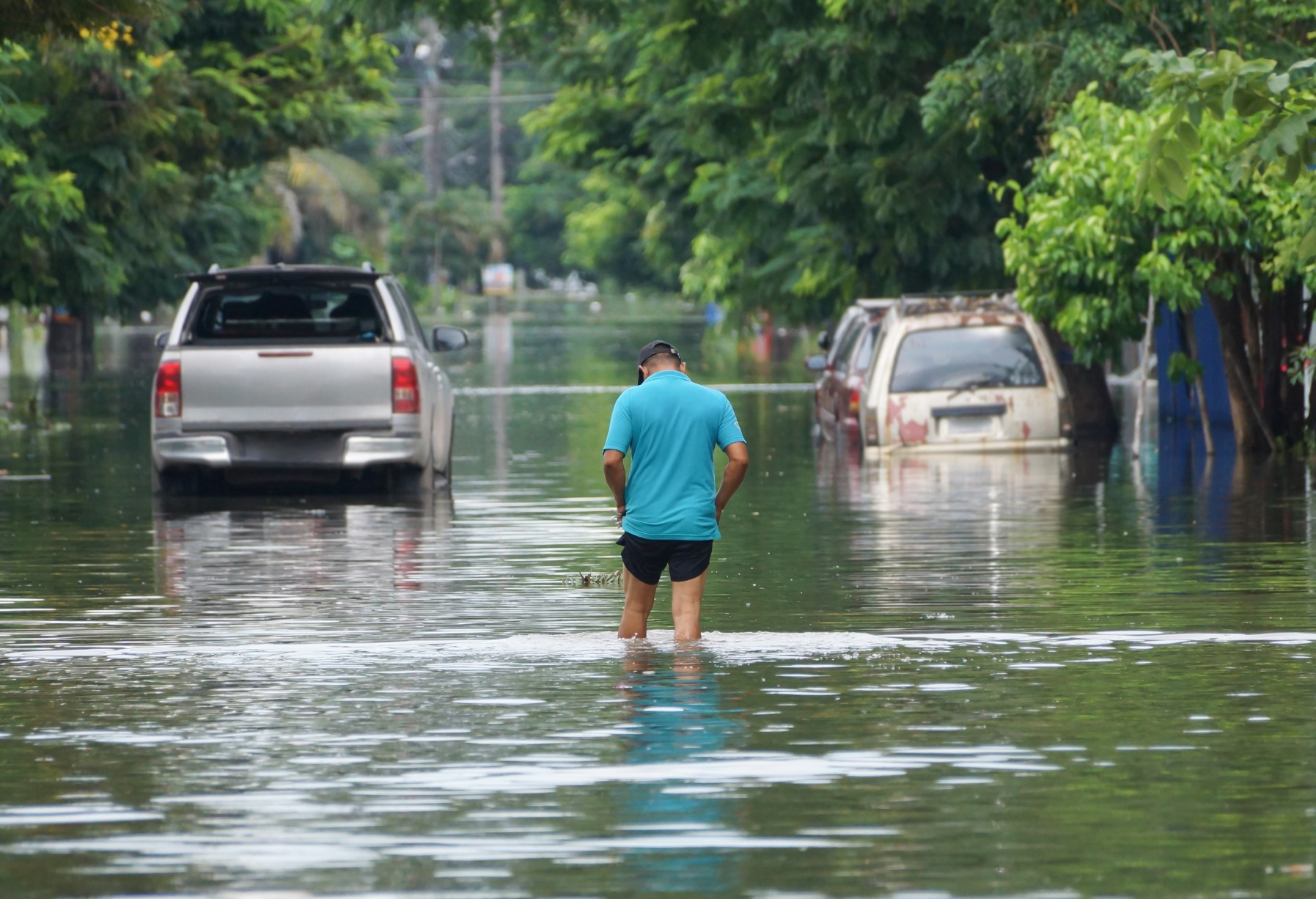
Heavy Rain, Flooding, and Chance of Severe Weather Staring Down the Southern U.S.
January 22, 2024
Posted: July 25, 2023 9:30 am





The threat of thunderstorms will keep the flood-ravaged Northeast on high alert on Monday and Tuesday. Meanwhile, farther to the north, life-threatening flash flooding has already raced through Nova Scotia, Canada. Here is the latest on this soggy part of North America.
Forecasters are warning residents of the Northeast that the risk of flash flooding is heightened to start the work week thanks to lingering pockets of tropical moisture producing more rain for the soaked region. Rainfall amounts of up to several inches per hour could result from these deep pockets of moisture.
It has been a rough month for much of the Northeast as a parade of slow-moving storms has moved through the area with great frequency. It was a little over a week ago that at least six people were killed in a flash flooding event north of Philadelphia. Vermont and New York state have also experienced severe flooding situations in recent weeks.
It is not unusual for weather systems to stall out over a particular area during the month of July. The moist conditions tend to mix with the hottest temperatures of the year to produce these slow-moving storm systems.
Any storm development on Monday or Tuesday in the Northeast could create more flooding for the already saturated grounds. The greatest risk of storms on Monday evening will be in an area starting in eastern North Carolina and expanding all the way up into the mid-Atlantic and New England.
While these storms will not be widespread in nature, you cannot rule out the chance of locally heavy downpours and flash flooding. Rainfall amounts of 1 – 2 inches may be an issue for places such as Washington, D.C., Allentown, Pennsylvania, and Syracuse, New York.
Wind gusts of up to 60 mph are also a potential hazard on Monday evening for areas of eastern Pennsylvania and into upstate New York and Vermont.
Motorists should keep an eye on the hourly forecast if traveling in this potential impact zone. Conditions could change rapidly, delivering sudden downpours, damaging winds, and frequent lightning strikes. The risk of fallen trees and power lines will be heightened because the ground is already so saturated because of the recent storm activity.
Heading into Tuesday, the storms will move to the east, impacting Massachusetts and New Hampshire. Any of these storm cells could trigger flash flooding concerns.

A flash flooding event in the Canadian province of Nova Scotia has left at least four people missing. The storm unleashed 10 inches of rain, forcing the evacuation of hundreds of people and causing significant damage.
Two of the missing people are children, aged 2 and 12. The Royal Canadian Mounted Police (RCMP) said that the children were in a vehicle that became submerged in the raging flood waters. An additional two people were also still missing as of late Sunday after their vehicle was also overtaken by the water.
Local officials said that over 25 bridges were damaged in the area, complicating the search and recovery efforts. Six of these bridges were completely destroyed. The missing people are from the West Hants area, located approximately 50 miles northwest of Halifax.
Central Nova Scotia experienced the worst of the flooding, taking over communities in Halifax, Windsor, Lunenburg, and Bridgewater. Over two months’ worth of rain came down northwest of Halifax over the weekend, shattering the average amount of 3.8 inches for the whole month of July.
The northern Halifax suburb of Bedford reported that it took in 11 inches of rain on Saturday. Should this number be officially confirmed, it will be the most rain in the community in over 50 inches. Crews in Bedford needed to launch boats to rescue people from their flooded homes.
Rainfall amounts throughout Halifax ranged from 3 to 8 inches.
Nova Scotia Premier Tim Houston issued a state of emergency on Sunday evening, remaining in effect until August 5.
The weekend’s flooding event was just another blow to Nova Scotia, an area of Canada that has seen multiple severe weather and natural disasters over the last year. A May wildfire destroyed over 250 structures and forced the evacuation of over 16,000 residents.
What was left of Hurricane Fiona impacted the province last fall as a potent tropical rainstorm, killing three people and causing over $600 million in damage.
Did you find this content useful? Feel free to bookmark or to post to your timeline for reference later.

January 21, 2024

January 19, 2024

January 18, 2024